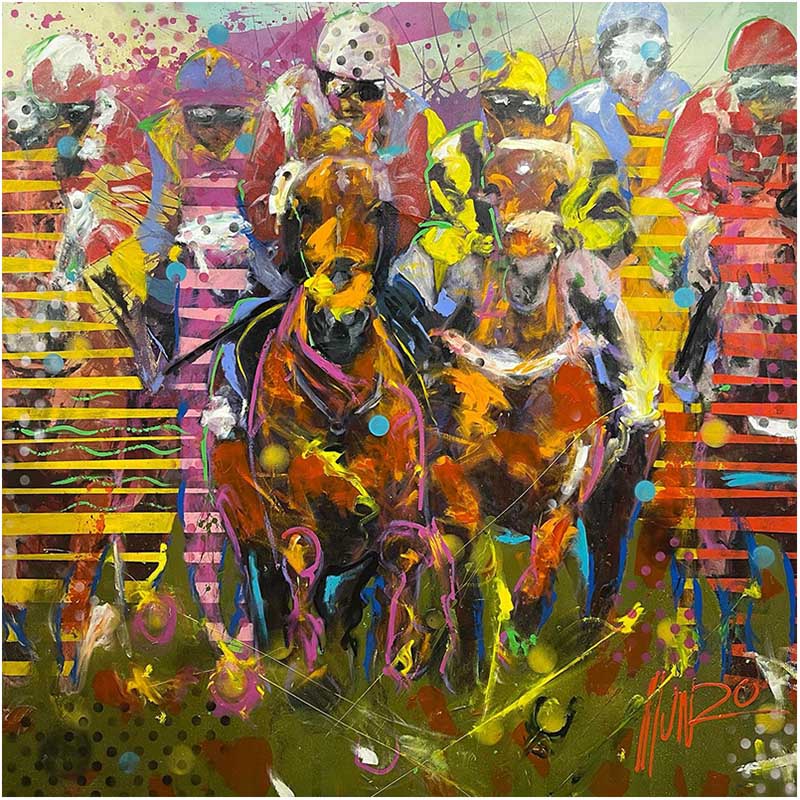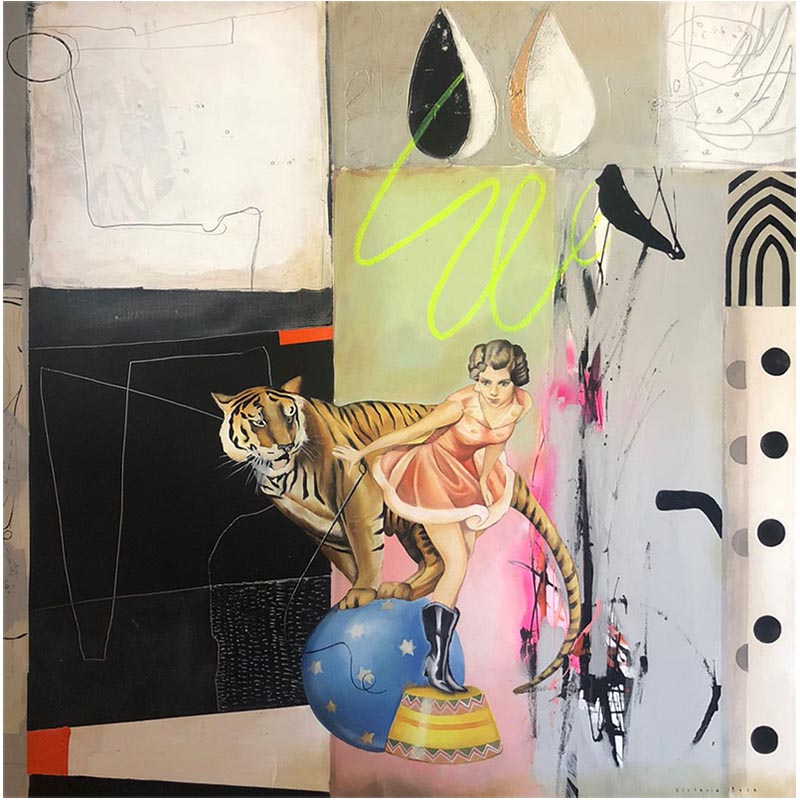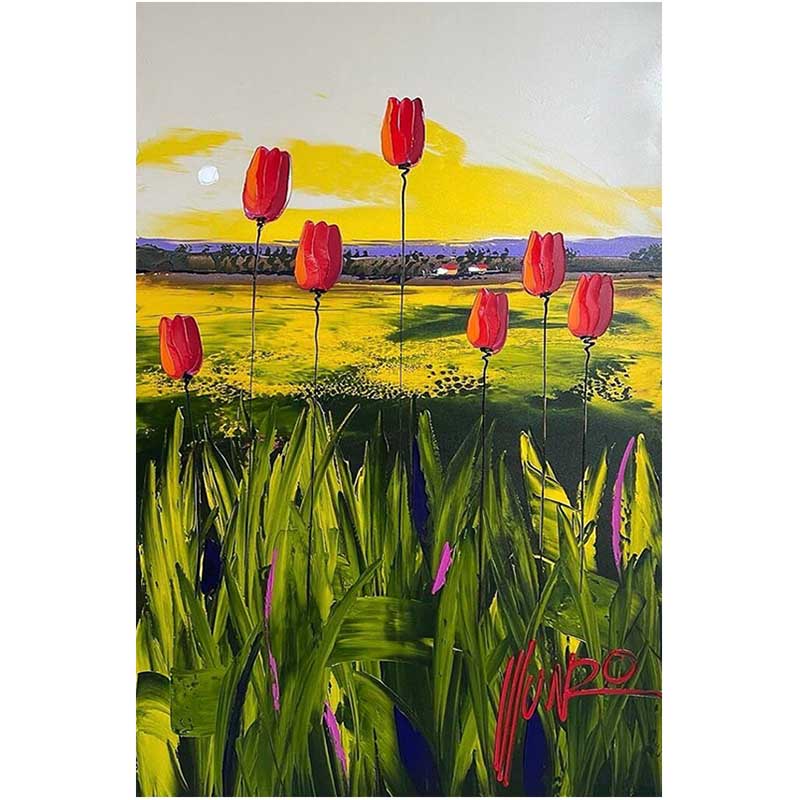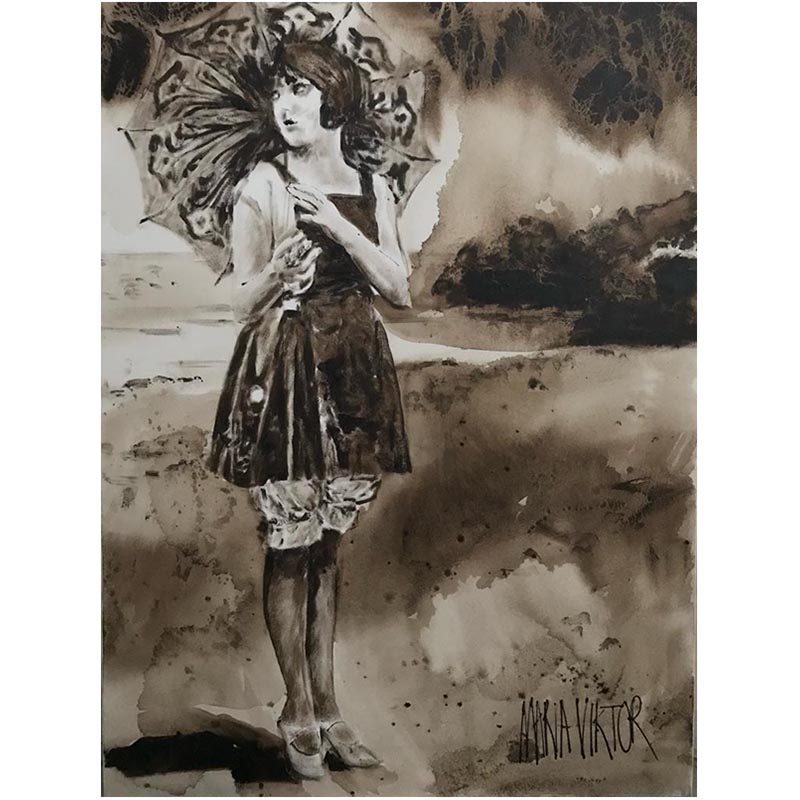Figurative art is artwork that represents a person, place, thing, or idea in a literal way. This type of art is often used to convey emotion or tell a story. Figures in a painting or sculpture can be realistic or abstract, and may be representational of the actual subject matter or may be symbolic.
How figurative art has evolved through time?
On a surface level, the difference between figurative contemporary art and that of the past may not be immediately clear. After all, both types of art feature images of people, places, or things. However, upon closer inspection, there are some key ways in which these two genres of art differ. For one, contemporary figurative artists often experiment with new mediums and techniques, whereas those from the past primarily stuck to traditional methods. Additionally, contemporary artists often explore different concepts and ideas through their work, whereas those from the past tended to stick to more traditional subject matter. Ultimately, the biggest difference between figurative contemporary art and that of the past lies in the overall tone and approach. Contemporary artists often take a more experimental and conceptual approach to their work, whereas those from the past tended to stick to more traditional methods and subject matter.
Can Abstract art be figurative?
This is a question that has long puzzled artists and art lovers alike. Is it possible for an abstract painting to convey a message or tell a story, or is it simply an arrangement of shapes and colours? There are many examples of abstract art that seem to defy explanation, but upon closer inspection, they often turn out to be highly figural. For instance, the work of Wassily Kandinsky is often cited as being purely abstract, but a closer look reveals hidden images and symbols. Similarly, the paintings of Piet Mondrian may appear to be nothing more than geometric patterns, but they actually represent landscapes and cityscapes. So, can abstract art be figurative? It seems that the answer is yes – though sometimes the figures are not immediately apparent.

Who are the artists that influenced figurative art?
The world of art is filled with countless influential figures, but there are some who stand out above the rest. When it comes to figurative art, these are the artists who have made the biggest impact.
Pablo Picasso is often cited as the most influential artist of the 20th century. His Cubist style revolutionised the world of art, and his influence can still be seen in many contemporary artists. Another big name in figurative art is Salvador Dali. His Surrealist style was like nothing the world had ever seen before, and he continues to influence artists today. Other influential figurative artists include Andy Warhol, whose Pop Art style was incredibly influential in the 1960s, and Jackson Pollock, whose Abstract Expressionist paintings changed the way we think about art. These are just a few of the many influential figurative artists out there – there are too many to name them all!
Go figure
If you’re trying to decide between figurative art and abstract art, there are a few things you should consider. First, what is your personal preference? Do you prefer more realistic images, or do you prefer more creative, free-form images? Second, what is the purpose of the art? Is it simply for decoration, or do you want it to tell a story or convey a certain message? third, what is the mood you’re trying to create in your home or office? Do you want something calming and serene, or something more energetic and exciting? Ultimately, the decision between figurative art and abstract art is a matter of personal preference. But by considering the purpose and mood of the art, you can narrow down your options and choose the type of art that best suits your needs.




